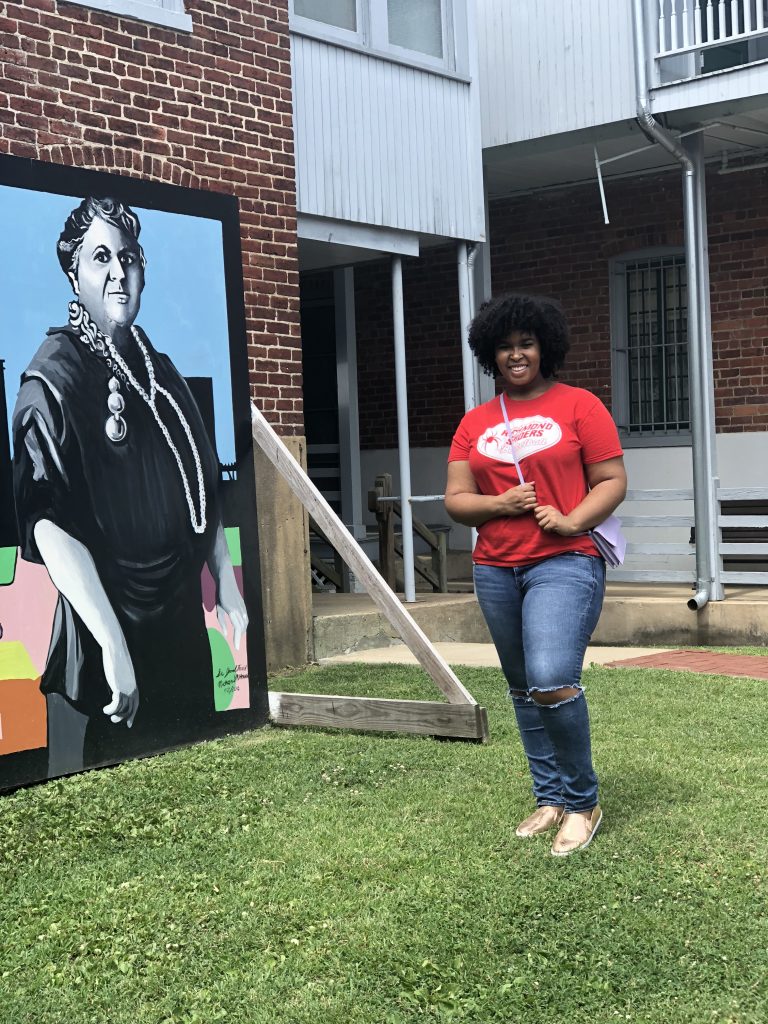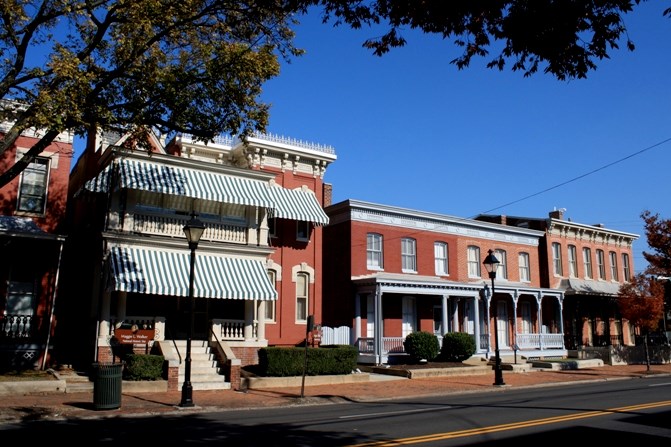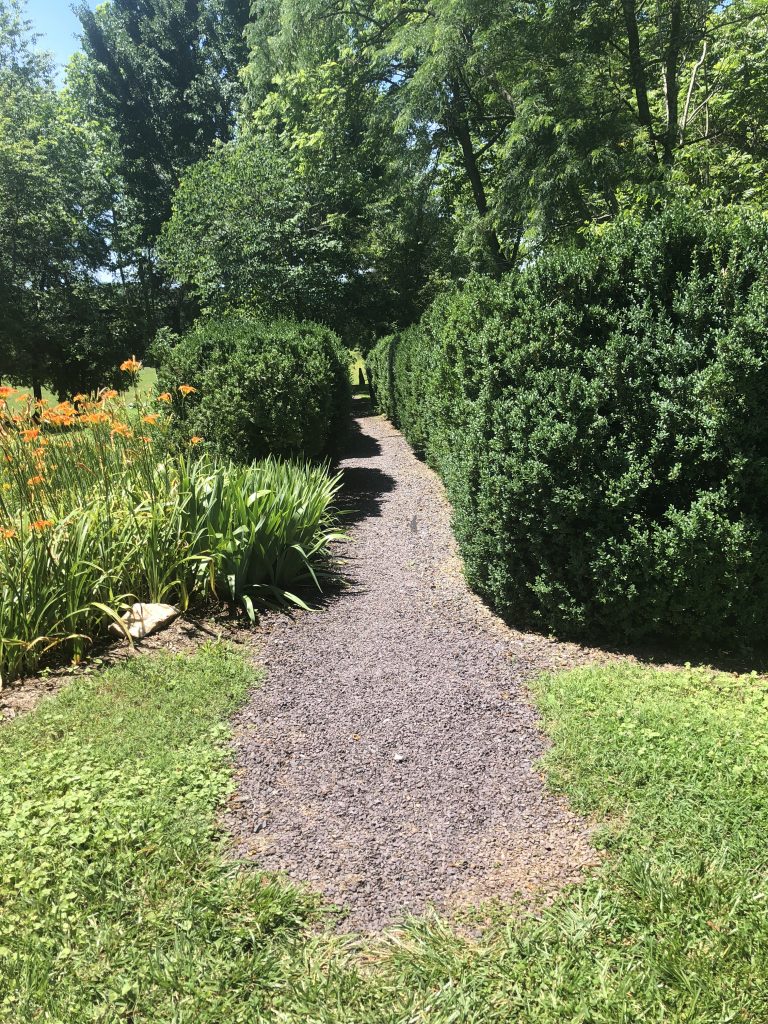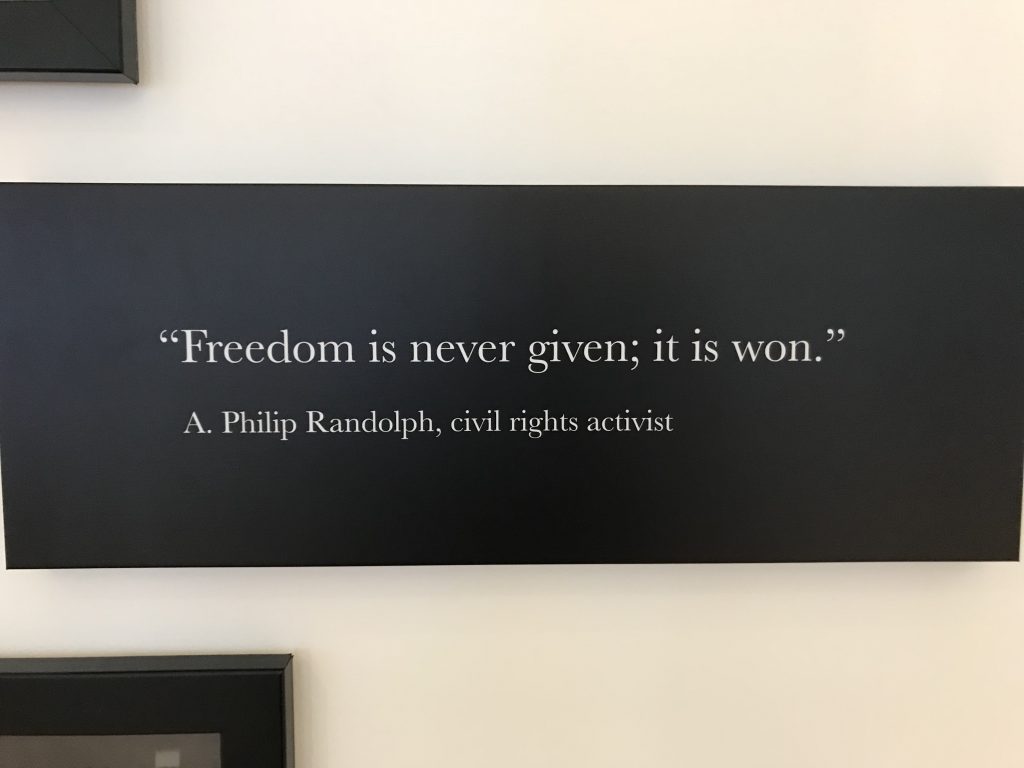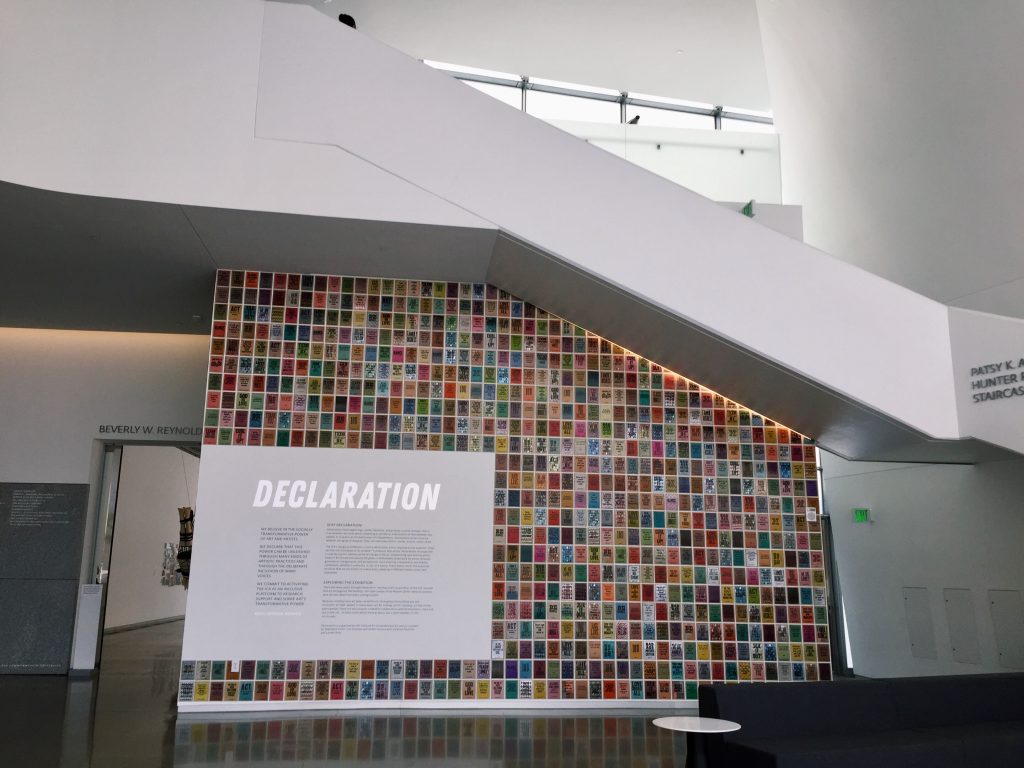by Eden Wolfer
Eden Wolfer is a rising junior from Wilmington, Delaware. She is majoring in sociology and minoring in education. This is her first summer working for the Race & Racism Project and she is excited to learn from this experience.
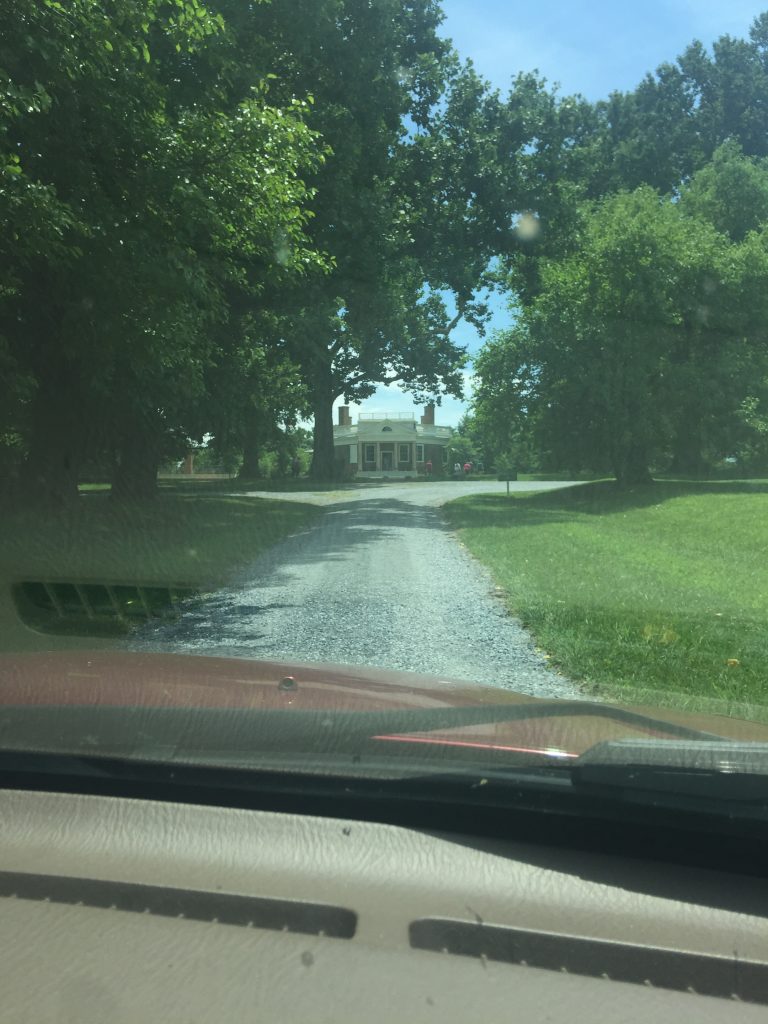
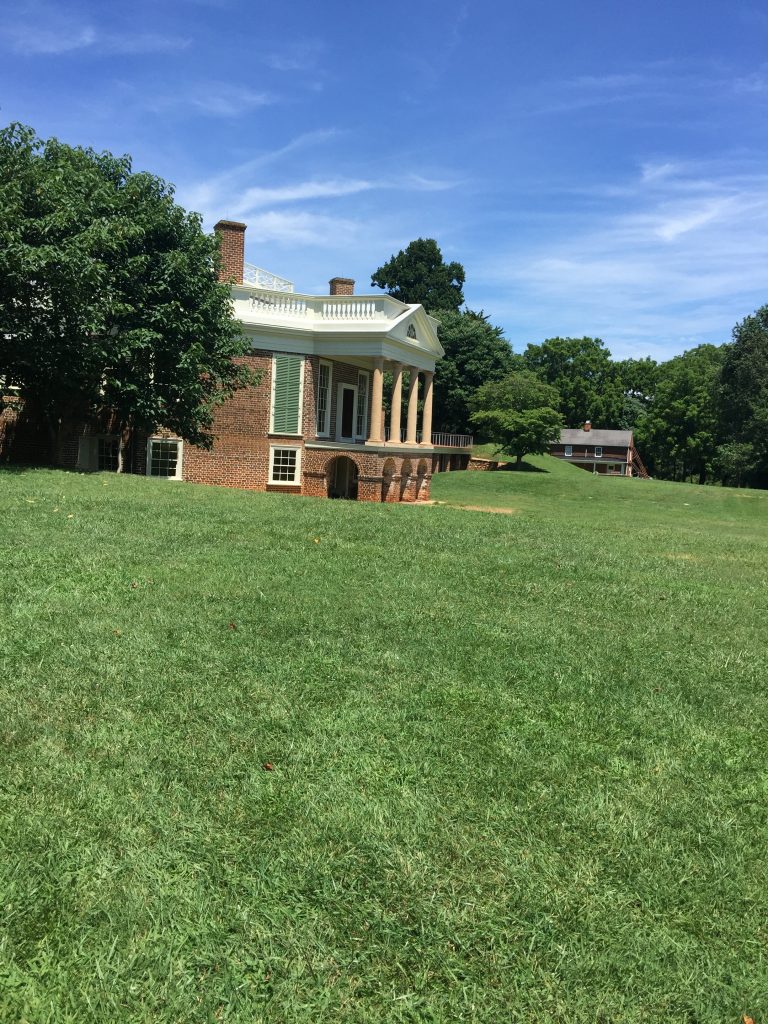 The entrance to the Poplar Forest plantation home is well marked from the residential road in Lynchburg, but it is really just a long gravel road through the woods with an occasional glimpse of a golf course to the right and empty fields to the left. There is nothing to indicate you did not drastically mess up somewhere in the last two and a half hour trip. Eventually, the trees part and you can see the beautiful brick facade of Poplar Forest. The property consists of a gift shop, two barns, converted offices, and the actual plantation home; all making up Thomas Jefferson’s retreat plantation.
The entrance to the Poplar Forest plantation home is well marked from the residential road in Lynchburg, but it is really just a long gravel road through the woods with an occasional glimpse of a golf course to the right and empty fields to the left. There is nothing to indicate you did not drastically mess up somewhere in the last two and a half hour trip. Eventually, the trees part and you can see the beautiful brick facade of Poplar Forest. The property consists of a gift shop, two barns, converted offices, and the actual plantation home; all making up Thomas Jefferson’s retreat plantation.

